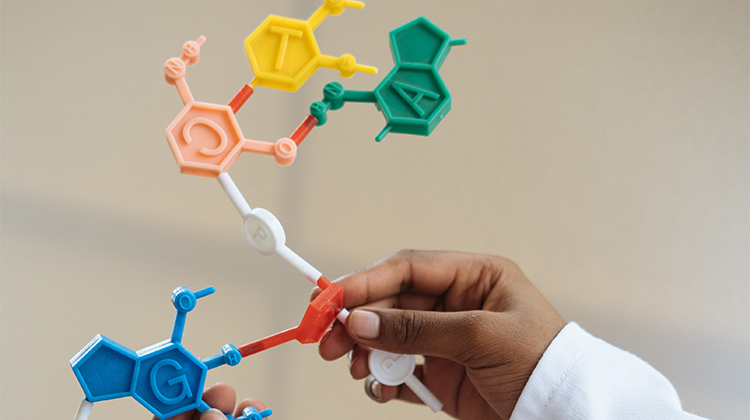Teaching science with STILE

Enhancing their ability to create and interact with visualisations of what they’re learning has been found to improve student engagement with science lessons.
Monash and Deakin University explored the use of the STILE (Student Teacher Interactive Learning Environment) as an example of an interactive and customisable tool designed to support teaching and learning in K–12 education settings.
Dr Connie Cirkony from Monash University said, “As a flexible learning tool, the platform opened up multiple possibilities to support students’ knowledge construction processes. It went beyond just organising and disseminating content, which are limitations of many platforms.”
Cloud based digital delivery allowed for a greater variety of student-created visualisations and more individualised learning pathways compared to more traditional modes of learning.
“We’ve found that students could use the digital platform to create their own drawings, annotations and also to collaborate in constructing explanations online,” Dr Cirkony said.
The participants of the study, 27 students around 14 years old at a secondary all-girls independent school in Melbourne, Australia, studying a unit on energy transfer in the context of climate change and sustainable housing. They were able to use the platform to draw and mark up diagrams, embed multiple media, collaborate in writing text-based responses, and respond to a variety of assessments.
The digital platform integrated both online and face-to-face interaction with the teacher and wider classroom.
“Students participated in individual tasks throughout the unit, often choosing the tools and media to construct their own learning pathways. The blended delivery approach enabled students to engage in whole-class tasks, for example discussions and demonstrations, as well as group-based ones like role-plays and hands-on activities. The digital tools provided access to more representational resources to support students’ reasoning,” Dr Cirkony said.
After the study, the teacher commented on students’ high level of engagement: “I’m not sure I’ve ever really experienced it teaching physics to all girls,” she said.
Ultimately, the study found that STILE presented an accessible digital tool that allowed for collaborative design and an interactive teaching approach for school-based science education.
This was part of a larger investigation on digital technologies used in teaching and learning, funded by the ARC, and in partnership with the Australian Academy of Technology and Engineering, and STILE.
Connie Cirkony, Russell Tytler, Peter Hubber, 2022. Designing and delivering representation-focused science lessons in a digital learning environment. Educational technology research and development. DOI : 10.1007/s11423-022-10094-z
Photo by RF._.studio from Pexels